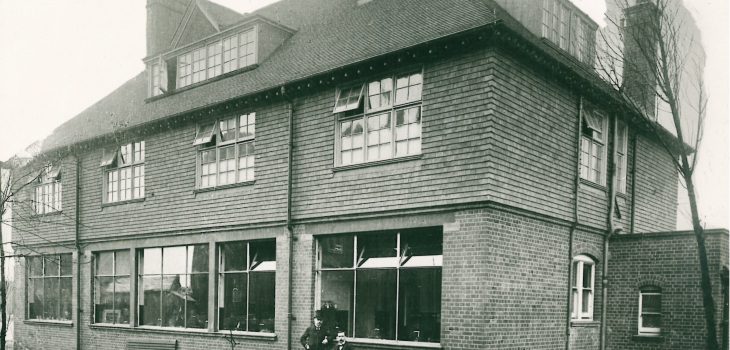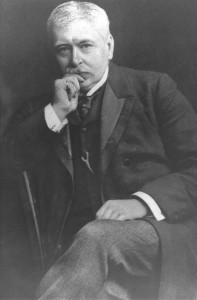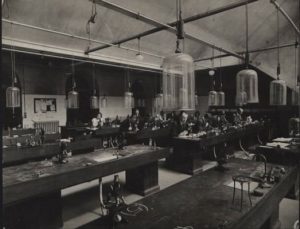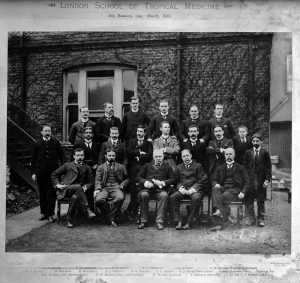The School owes its existence to Sir Patrick Manson, who had worked for 20 years as a doctor in mainland China, Hong Kong and Taiwan, who on October 1st 1897 gave what would be his historic address to medical students at St George’s Hospital, and then at Hyde Park Corner. Manson expressed his frustration at the lack of knowledge and treatment for tropical diseases, even recalling his own fatal misdiagnosis of beriberi in one of his patients, and argued that special training in tropical disease should be introduced to the medical curriculum to prevent similar mistakes. Fortunately, Manson’s words were heard by Colonial Secretary Joseph Chamberlain who understood that tropical diseases were a major threat to British officials working overseas and agreed that increased knowledge of tropical diseases were of vital importance.
By December 1897, the Colonial Office contacted all medical schools stating the need for special education and research on tropical diseases. Additionally, School governors were asked to help in funding this new endeavour. However, it would be two years until the school was opened, owing to bureaucratic delays and medical infighting, for example some larger teaching hospitals worried that they would lose clinical cases and teaching, and some disagreed on the location of the new school; the Royal Albert Docks were finally chosen due to its proximity to docking ships.
The school held the opening ceremony on October 2nd 1899, presided over by the Chairman of the Seamen’s Hospital Society, Perceval Nairne, and a speech delivered by Manson that reiterated the fundamental need for such an institution. For the School’s first class 27 students enrolled, including three women and a student from Africa. These classes, also known as sessions, would last three months with three sessions being held each year. At the end of each session the students would complete an examination and receive a certificate if they passed with 60% or higher. The School encouraged clinical and laboratory research, the School had three laboratories, and encouraged students to seek higher degrees and write research theses regarding tropical diseases.
Unfortunately, we do not have an image of the first students, however, below, is an image of students from the 5th Session in 1901 taken outside of School in the Royal Albert Docks.
Once finished studying at the school their education often continued abroad. A majority of students from the 1st session headed to West Africa after completing their studies; salaries in West African were sometimes 100% higher than those of colleagues elsewhere in the world due to the high mortality rate of officials there. Other students left for India and Trinidad, and a few remained in the United Kingdom.








